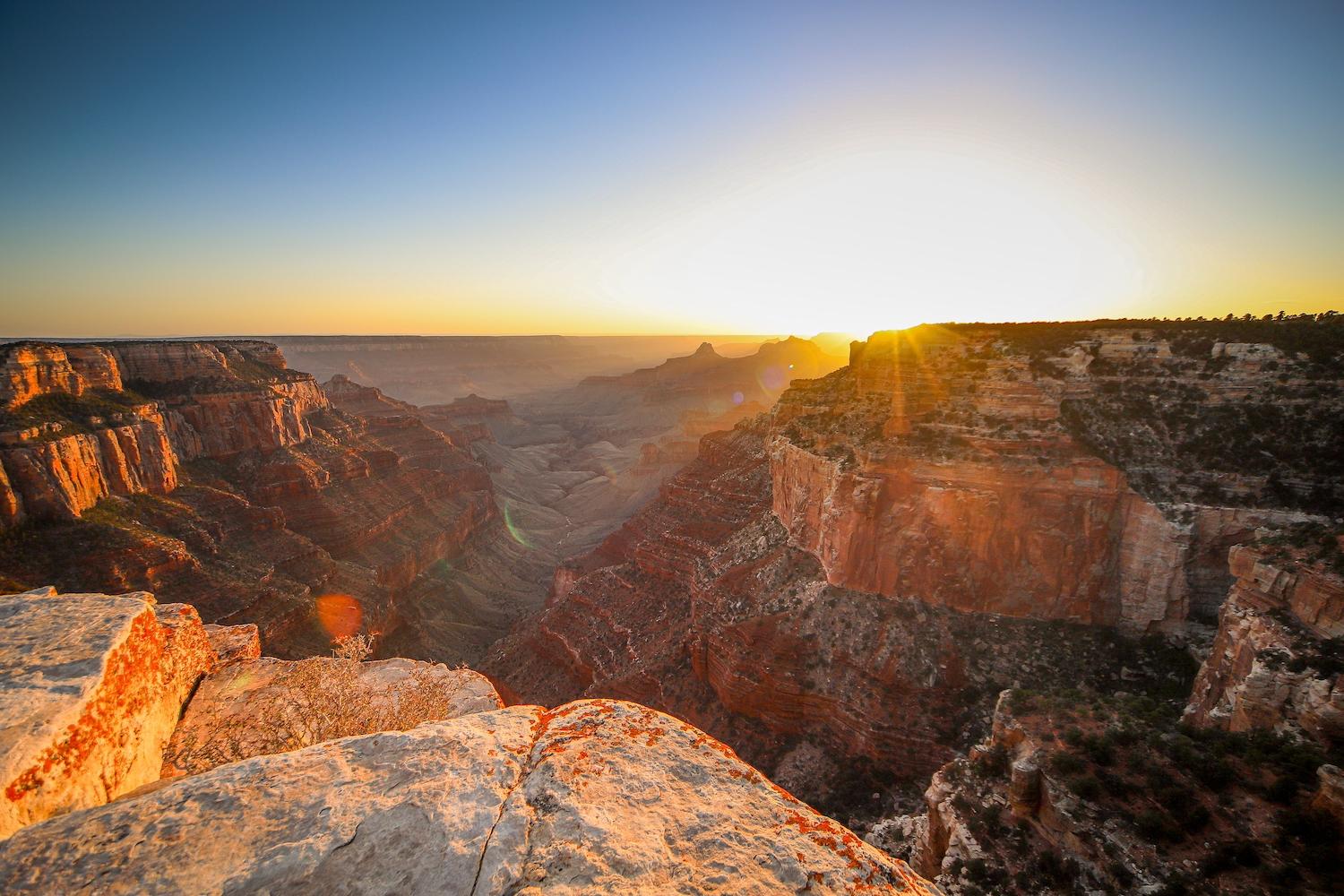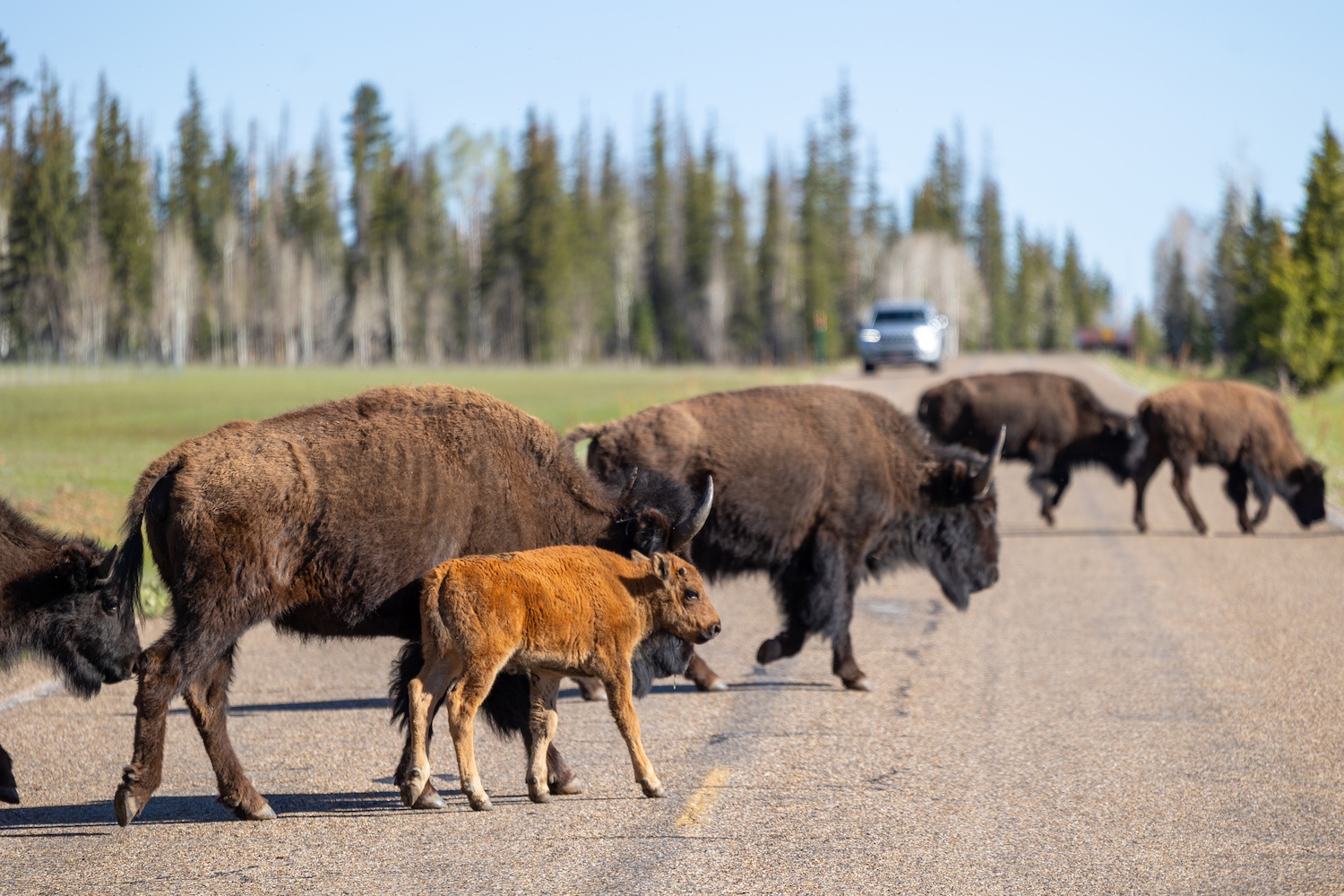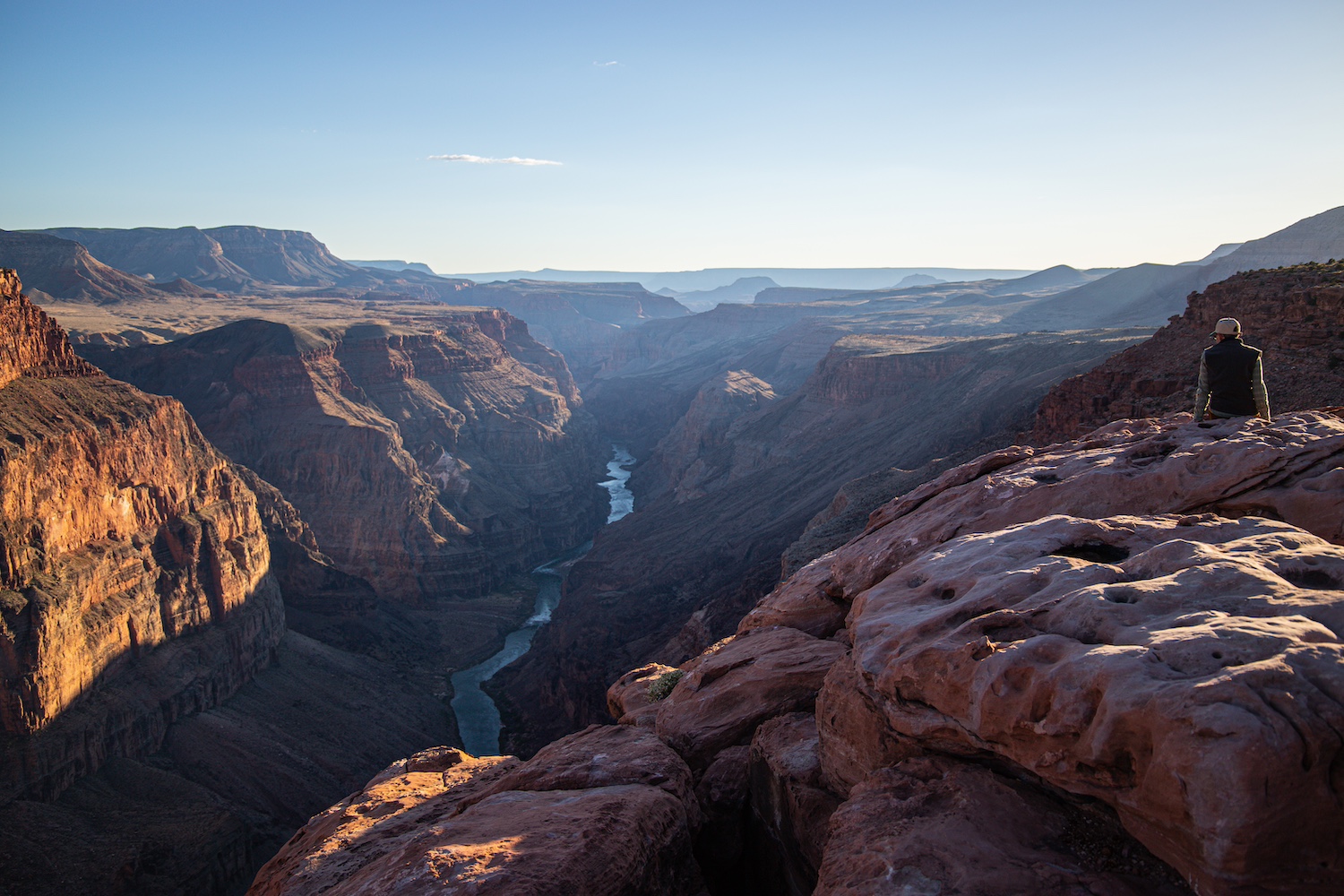
(Image: L. Cisneros for Grand Canyon Conservancy)
Staffing levels at the United States National Park Service were slashed just as the busy summer season swung into action. While shoestring budgets are nothing new to the federal organization, the steep staffing reductions and proposed funding cuts recently made by U.S. President Donald Trump’s administration are coming on the heels of a surge in visitors.
“Almost 332 million people visited national parks in 2024, a record-setting number,” Elizabeth Silkes, the CEO of the Grand Canyon Conservancy, told TriplePundit. “That just shows that — whatever your political perspective is, whatever your lived experiences — these are people from all walks of life, who really flock to our public lands in national parks.”

Even before cuts, National Parks needed partners
The conservancy helps the Grand Canyon National Park stretch its already slim budget with funding and programming support. It provides funds for preservation and restoration efforts like bison conservation and trail and building maintenance, for example, Silkes said. It also raises money for research efforts on the Colorado River, which runs through the canyon, and investigations into how climate change impacts the plants and animals that call the canyon home.
“We provide support for some of the programs that are perhaps not funded directly through the federal grants,” she said.
The park’s youth educational program is another example. The rangers who run the program are paid by the National Park Service, but the conservancy tackles the transportation side, raising funds to bus schoolchildren in from surrounding areas, Silkes said. It’s ultimately the collaboration between the park and the conservancy that makes the program possible.

Pivoting support to augment slim staffing
While the deep federal funding cuts threaten park access and maintenance, the administration is still demanding that parks continue business as usual. That’s a tall order for the already understaffed parks.
“We are looking at how we can leverage what we're doing already to provide support so visitors don't see any sort of shift in experience, while still creating opportunities for visitors to understand how valuable the work of the park staff and the park rangers is to them,” Silkes said.
To make that happen, the conservancy is ramping up funding, support and contracting where it will make the biggest difference for park-goers, she said. One way it’s doing so is educating visitors on park safety and managing volunteers for the park-run preventive search and rescue team — which the conservancy also raises funds for. Those volunteers help prevent costly emergency rescues by maintaining a presence on the trails and ensuring hikers are fully prepared for the conditions that they will run into in the canyon.
Most of the conservancy’s staff is situated at the south rim of the canyon, where they act as a daily resource for visitors, Silkes said. The conservancy operates six stores on-site that not only help support park operations with revenue but also provide a chance for visitors to ask questions about the history of the park, trail safety and the trails themselves. This helps take some of the weight off park rangers who are carrying a heavier workload to adapt to staff cuts.
“Our staff are well-equipped, positioned and trained to answer [visitors’] questions,” she said. “It shows the strength of the partnership between conservancy staff members and park rangers, for example, because we both serve in that role of providing information and interpretive details to visitors.”
Conservancy staff also connect with visitors through a variety of programming. They share stories and history from the tribes that are indigenous to the Grand Canyon, include products made by Indigenous partners in retail locations, lead single and multi-day hikes, and more, Silkes said. All of these activities support the park’s mission without burdening rangers or using any federal funds. By taking on more visitor interactions, the conservancy is able to alleviate some of the workload for the scaled down staff.

Private support can’t replace the federal government’s role
For all that it can do, the conservancy can’t take the place of National Park Service rangers or staff — nor does it want to.
“Nothing can replace the federal support for the parks, and that's really important,” Silkes said. “The reality is the public private partnership is a complementary effort to the federal funds. It's that combination that allows the federal funds to go so much farther.”
While the conservancy can take on some of the work from short-staffing in a complimentary and supportive way, its staff cannot take over National park Service roles or duties directly, she said.
“I think it's really important to recognize that we are able to tell the story of what's happening at the park in real time, and that's really important for the American public, and in fact, all visitors,” Silkes said. “The public wants to understand the impact of the current environment on the park.”
By keeping the public informed, nonprofit partners like the Grand Canyon Conservancy are better able to raise funds and gather volunteers for national parks. Silkes pointed to the growing conversations that people are having around park needs and their willingness to help as proof that the messaging is working. She said she’s happy to report that the conservancy has eclipsed its fundraising compared the same time last year.
“We’re able to provide new levels of support across the park, from scientific research to visitor experience to educational programs and historic preservation,” Silkes said. “So there's actually a very new sense of responsiveness, of agility and strategy, in the way we're providing support.”

Riya Anne Polcastro is an author, photographer and adventurer based out of Baja California Sur, México. She enjoys writing just about anything, from gritty fiction to business and environmental issues. She is especially interested in how sustainability can be harnessed to encourage economic and environmental equity between the Global South and North. One day she hopes to travel the world with nothing but a backpack and her trusty laptop.














